Einleitung
Update 4/3
We have taken apart a production iPad, with much higher resolution photos.
FCC Photo Analysis
The FCC was kind enough to show the internals of the WiFi iPad before it was released! The photos that they put up had the interesting bits hidden behind grey squares, but we were able to extract the raw files! The WiFi iPad is officially Apple model A1219, while the 3G iPad is A1337.
Apple requested this information stay concealed until August 17th. Clearly, the FCC ignored them.
Note: This is not a traditional iFixit teardown. These photos are not up to our normal quality standards, and it's quite difficult to perform analysis on the low-resolution files. We will be doing a real teardown of the iPad on April 3, the moment we get our pre-ordered units.
Update: 3G iPad
We have uncovered internal photos of the 3G iPad, which won't be released for at least a month! Starting at step 14.
Just want the highlights? Stay tuned to @ifixit for news as we unveil it.
-
-
Performing analysis as we go. Please help out in the comments! To see highest resolution files, log in and you'll get a large option on each photo.
-
One word of caution: This is likely a preproduction board, and Apple very well may have changed some suppliers since they gave the FCC a sample unit. Take this data with a grain of salt until we are able to analyze a production model tomorrow.
-
It looks like there is a LOT of epoxy holding these chips down to the board. More than we've seen before— Apple is really serious about durability on this thing.
-
2x Toshiba Flash
-
Apple A4
-
Broadcom BCM5973
-
-
-
Bottom of logic board, with and without the EMI shield.
-
We're very happy to report that Apple didn't solder the battery! The iPad uses the same battery attachment system as the iPhone 3G and 3GS.
-
It looks like this board was made by AT&S. It will be interesting to see if their marking remains in the final production board. We haven't seen Apple's PCB manufacturers brand their boards before.
-
-
-
This cable carries the signal from the dock connector to the logic board.
-
Never one to waste space, Apple also managed to tack the wifi and bluetooth boards onto this cable.
-
Like some other Apple devices we've seen, the home button is low-tech. There's two contact points that mate with pads on the display assembly. When the button is pressed, the circuit is completed.
-
Notably lacking from this RF/data cable is anything GPS related.
-
-
-
Wi-fi and Bluetooth are integrated into a single board. Broadcom has been one of Apple's favorite suppliers recently. It's possible this is the same BCM4329 chip that Apple used in the 3rd Gen Touch.
-
Laser engraved on the cover:
-
X17B ES2.0-A4
-
APN 339S0107
-
USI 20091207
-
The bracket shown in the second picture is both a cable clip and a ground point for the WiFi/Bluetooth/cable assembly.
-
-
-
A shot of the speaker assembly.
-
The dual speakers provide mono sound. Two small sealed channels direct sound toward three audio ports carved into the bottom edge of the iPad.
-
-
-
The inner side of the display assembly.
-
The part number is hard to make out, but it looks to be LP097X02. If that's correct, then the display is made by LG-Phillips.
-
This is very likely the most expensive part of the iPad. It uses expensive IPS (in-plane switching) technology and is LED backlit (as opposed to the cheaper TN and CCFL backlit).
-
Display LED barcodes: 1579CN7346569 3225 LG0NJ 'GK65284221MTA', and 5091L-0942B 091214 R51 K319CED5D61R0094B2
-
-
-
The battery is quite obvious to pick out of this picture of the rear case (sans display assembly).
-
The 3.75V, 24.8 watt-hour (6.5 Amp hour [!]) battery provides the juice for an advertised 10 hours of use. In contrast, the iPhone 3GS has a 4.51 watt-hour battery and the MacBook Air has a 40 watt-hour battery.
-
The battery seems to integrate two separate 3.75V lithium polymer cells wired in parallel for such ample battery life.
-
The USB power supply had to be enhanced specifically for the iPad. It's a 10W unit manufactured by Foxlink Technology, Ltd., part #A1357 W010A051.
-
-
-
Some other markings on the battery:
-
APN: 616-0447
-
VPN: DAK 120670-01HH00LH
-
The small black box in the second picture is one of the WiFi antennas.
-
Hopefully the WiFi reception will be decent, as the back of the iPad appears to be a single block of aluminum. In addition to the antenna mentioned above, the Apple logo in the center of the rear case also serves as a window to allow for the transmission/reception of RF signals. We saw Apple do this on the newest iMacs.
-
-
-
What a lonely iPad...
-
This is probably a shot inside an RF interference test lab contracted by the FCC.
-
This type of test checks compliance with part 15 of the FCC Rules and Industry Canada RSS-210: this device must accept any interference received, including interference that may cause undesired operation.
-
-
-
This shot shows the iPad connected to what is reported to be a LISN (Line Impedance Stabilization Network) used for EMI testing.
-
This appears to be the 10W USB power adapter available as an accessory from Apple in late April.
-
-
-
This step shows the test setup used for the Specific absorption rate report.
-
The FCC hosts
-
The iPad manual.
-
The SAR evaluation report for iPad (With 802.11abgn and Bluetooth Radios).
-
Gratuitous amounts of test data in the FCC/IC Test Report.
-
-
-
The iPad's model number of A1219 is interesting.
-
A1219 falls right between the 1st Gen iPod Touch (A1213) and the MacBook Pro 15" Santa Rosa (A1226).
-
We would have expected the iPad to have a model number in the A13XX range, not A12XX. It's a little tricky to read into this, but our guess: This is indicative of a longer than typical development cycle.
-
According to the FCC filing, the version that includes 3G is model A1337. Is Apple having fun with their model numbers?
-
-
-
Bottom side of iPad.
-
Hate how grainy/terrible these FCC pictures are? Upset that your tax dollars are not being spent on producing quality images of gadget guts? Tune in tomorrow as we tear apart the iPad in 12.3 Megapixel awesomeness.
-
-
-
This leaked FCC photo is the communications board from the iPad 3G. It's not linked from the primary FCC page for the 3G.
-
Parts:
-
Infineon PMB 8878 X-Gold baseband IC.
-
Skyworks SKY77340 Power Amplifier Module
-
Three Triquint power amplifier / filters.
-
Infineon U6952
-
Numonyx 36MY1EE
-
-
-
There is a Broadcom part on the top-left side, but the FCC's photo isn't large enough to identify it.
-
Along the right are three TriQuint power amplifiers: TQM616035A, TQM666032B, and TQM676031A. These are the same three chips that Apple used in the iPhone 3G nearly 2 years ago.
-
-
-
A shot of the 3G communications board.
-
The connector is 25 pins total; a group of 15 and a group of 10.
-
Unfortunately, no, this doesn't mean you just drop this card into your iPad to add 3G. The 3G connectivity requires extra antennas and a modified rear casing.
-
-
-
The iPad 3G has a black plastic strip along the top edge of the rear case for transmission of signals. The large black plastic piece at the top of this picture is the 3G antenna assembly.
-
The odd looking structure boxed in red is what the 3G chip and possibly the logic board are fastened to. It is resistance welded to the rear case and probably serves as a ground point for the boards attached to it.
-
-
-
The GPS antenna is attached to the backside of the display assembly. It is the gold foil piece seen near the top of the picture.
-
The display data cable connector is the same style used in all of the new Unibody MacBooks.
-
9 Kommentare
Most of the photos were inverted; we're fixing them all now and will be uploading soon.
Zitat von Kyle Wiens:
Most of the photos were inverted; we're fixing them all now and will be uploading soon.
This is great, I can't wait for the full teardown tommorow!
Can you elaborate more on how you extracted the RAW images without the parts grayed out? I give a presentation on inadvertent release of confidential information due to stupidity about technology. Clearly either Apple or the FCC screwed up. Any idea where the blame lies and why?
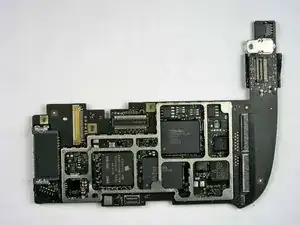
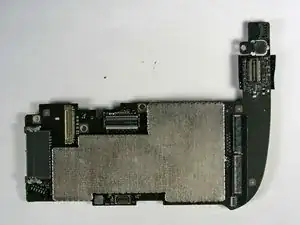

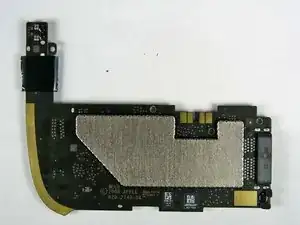
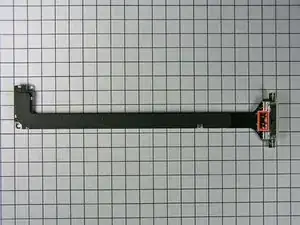
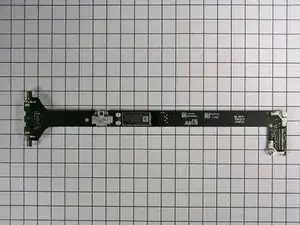
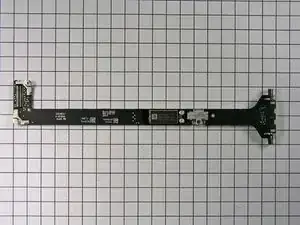

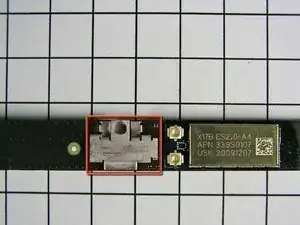
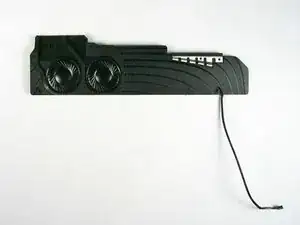
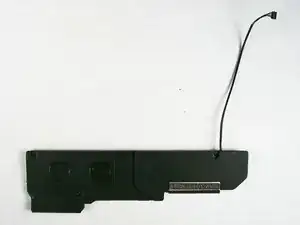
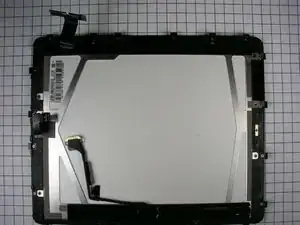
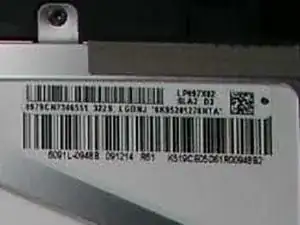
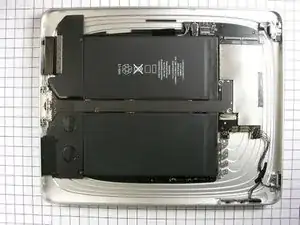

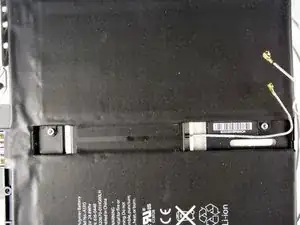
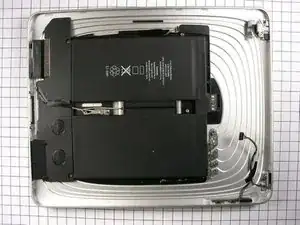
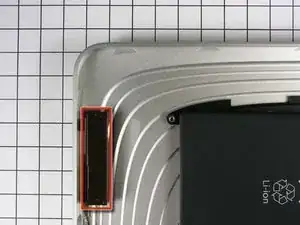
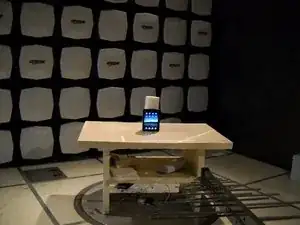
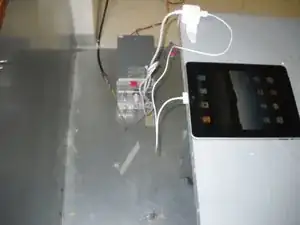
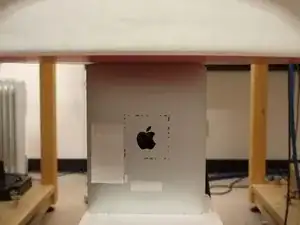
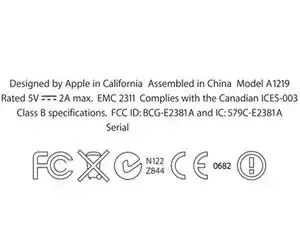
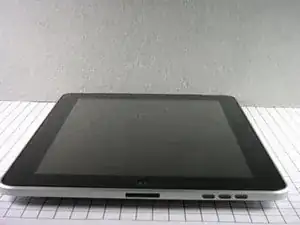
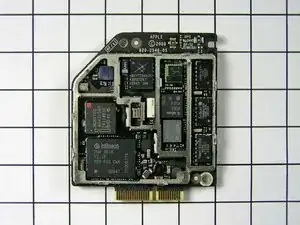
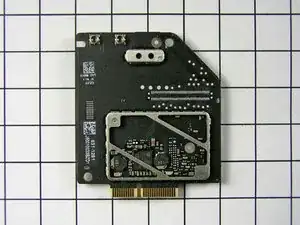
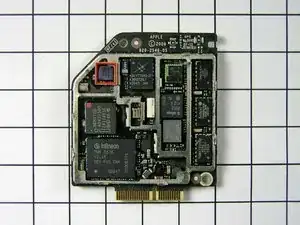
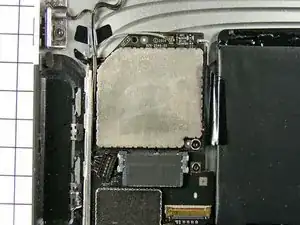
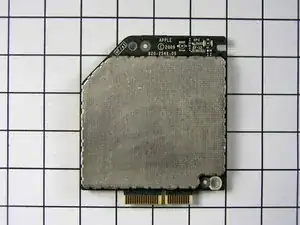
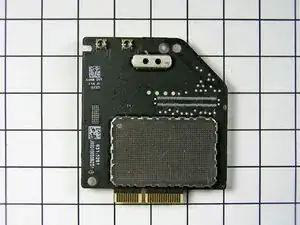
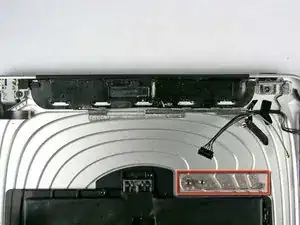
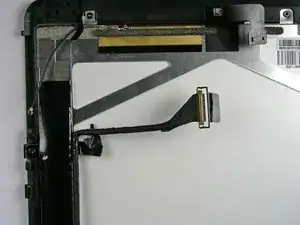

I can't seem to account for the connector on the upper right of the main board, next to the metal screw bracket. What plugs into that? The display only seems to account for the double-wide connector and the two near the center of the system.
CityZ -